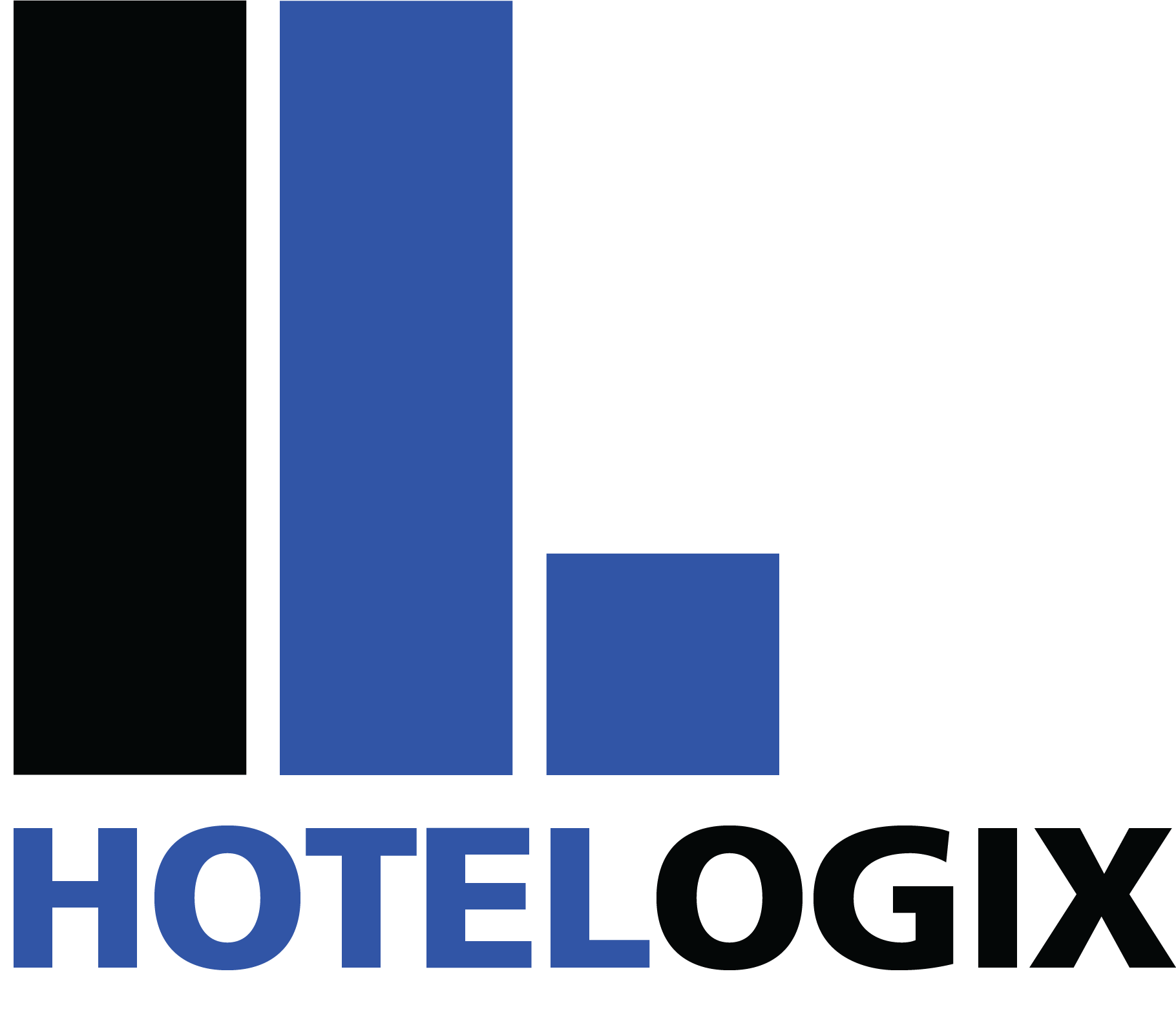 In our earlier discussion, we had covered the basics of Rate Discounting and stressed upon selective Rate Discounting. Here, the attempt is to expand upon how to approach Hyper-selective Rate Discounting and make it actually work for you.
In our earlier discussion, we had covered the basics of Rate Discounting and stressed upon selective Rate Discounting. Here, the attempt is to expand upon how to approach Hyper-selective Rate Discounting and make it actually work for you.
Gauge Your Customer Segment
If you are a hotel, in a typically-touristy destination, try to define the seasons when Rate Discounting can seriously raise your guest volumes. If you are a hotel catering to local customers, you need to use Rate Discounting in a more controlled manner, assessing impact of everything that could impact your occupancy status. This includes local festivals to phases of changing political environment that can drive-up bookings or scorch them.
If you receive guests with highly varied spending capabilities, you need to be very discrete in kind of discounts you offer since each customer segment cannot be lured by the same discount range.
In a highly-competitive marketplace, your ability to do your homework, i.e. customer segmentation, and offer appropriate discounts can assure you a basic room occupancy level, no matter how bleak the market looks. In a more relaxed, unrushed market, Rate Discounting needs to be used sparingly.
What do you need for Hyper-Selective Rate Discounting?
You need to identify the following:
- Your core customers who shouldn’t be affected much by discounting.
- Number of booking windows you use or plan to use.
- Flexibility of using booking windows, i.e. how easy it is to publish customized discount packages/rates on them.
- Weekly and monthly occupancy levels across different seasons.
- Potential customers who can be captured through short-term but attention-grabbing discounts.
Your Selective Rate Discounting objective should be to:
- Overcome periods of acute lack of bookings.
- Preserve your rack rate customers without exposing them to Rate Discounting.
- Leveraging your hotel rates to current market trends.
- Acquiring new customers.
When using Selective Rate Discounting, don’t:
- Allow repeated & heavy discounting patterns to affect your rate parity reputation.
- Use discounting when your retail/corporate reputation seems threatened.
- Get blinded by your competitors’ pricing—discounting isn’t a sledgehammer for shattering the competition!
Transient Demands & Hyper Selective Rate Discounting
This is one of the most confusing Rate Discounting aspects—handling transient customers. The eternal question still remains unanswered. Few hoteliers have defined discounting policies for transient travelers or transient travel seasons. The fact is that transient travelers are more likely to pay regular rates but there are always those who are searching for the best, discounted deal. So, what can you do? You need to evaluate the kind of transient traveler you engage. If the volume is majorly comprised of business travelers, discounting can take a backseat. If the numbers are contributed by discount-digging backpackers, some rate discounting has to be included.
Concluding Words
Remember that some customers will not be moved even if you offer insanely-lowered rates. For some guests and during some seasons of the year, discounting doesn’t yield many benefits. Just accept this fact since it has a universal prevalence.
Think of hyper-selective rate discounting as a part of your long-term pricing approach and not a knee-jerk reaction to dipping revenues.
If you are yet to find a solution that helps you create and publish discounted rates at your will, try Hotelogix. This PMS offers a very flexible Channel Manager that allows you to distribute your available room nights and a chosen package across multiple channels simultaneously! The Hotelogix Channel Manager offers you complete control over your discounting preferences, ensuring that you can manage your discounted rates across every sales & distribution channel without breaking a sweat.




